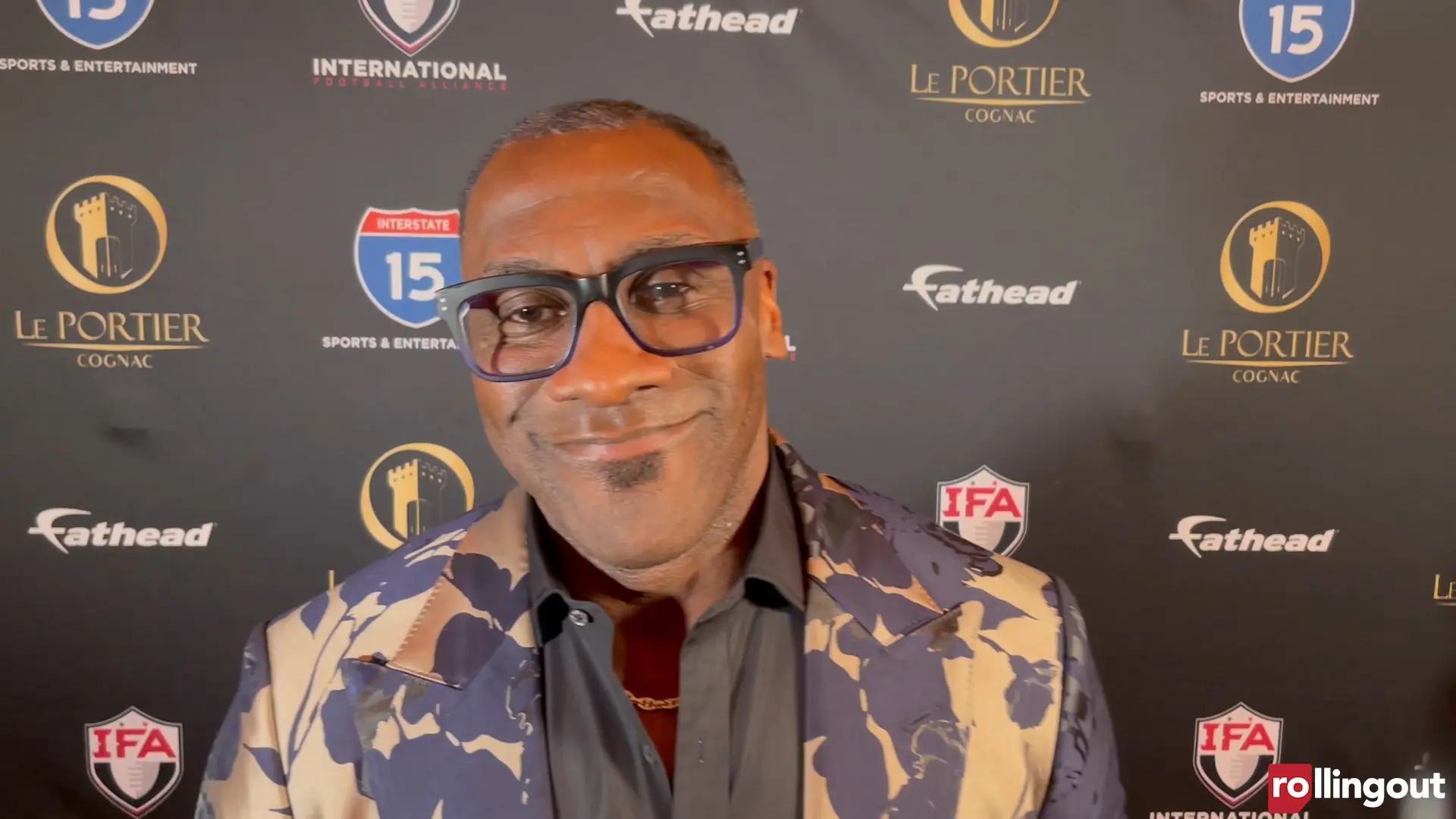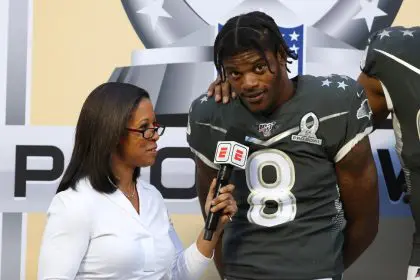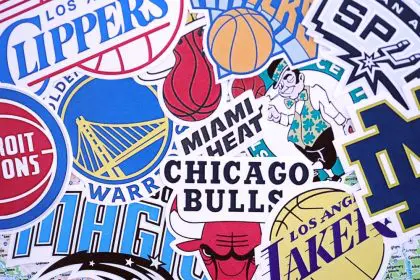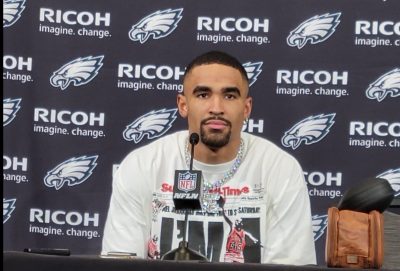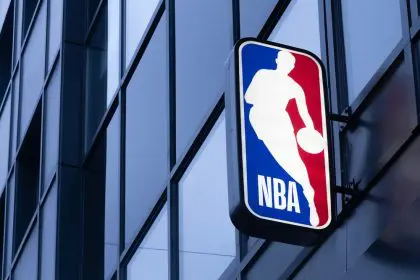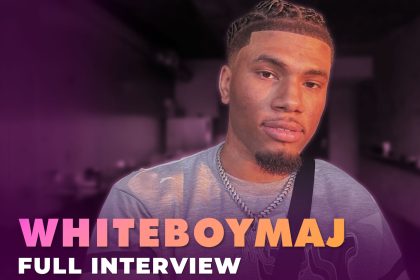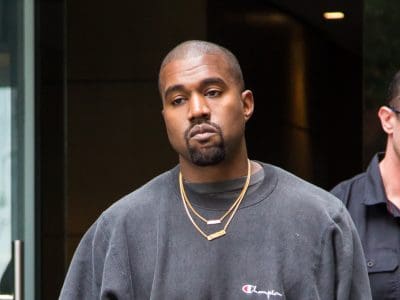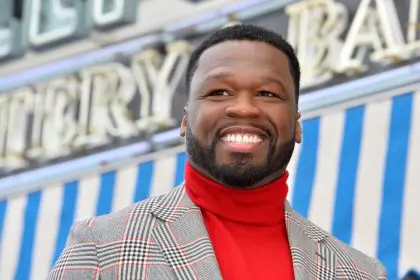The first week of 2025 has sent shockwaves through the sports media industry as serious allegations surface against prominent television personality Skip Bayless. A lawsuit filed by former Fox Sports hairstylist Noushin Faraji has unveiled troubling claims of workplace misconduct, casting a shadow over one of sports television’s most recognized figures. The timing of these allegations coincides with significant shifts in sports media landscape, where traditional boundaries between professional conduct and personal relationships are increasingly scrutinized.
Behind the allegations
The 42-page legal document presents a detailed account of alleged misconduct spanning nearly 12 years, from 2012 to August 2024. Faraji’s allegations describe a pattern of inappropriate behavior, including unwanted physical contact and a startling monetary proposition. The lawsuit extends beyond Bayless himself, implicating other Fox Sports figures including Joy Taylor and executive vice president Charlie Dixon.
The extensive timeline of alleged incidents raises questions about workplace oversight and reporting mechanisms within major sports networks. Industry experts point to this case as potentially revealing broader systemic issues within sports media organizations, particularly regarding power dynamics and professional boundaries.
The Sharpe connection
The situation takes an unexpected turn with its connection to Shannon Sharpe, the Pro Football Hall of Famer who shared the Undisputed desk with Bayless for seven years. According to the legal filing, Bayless allegedly displayed aggressive behavior when Faraji rejected his advances, even suggesting an inappropriate relationship between her and Sharpe.
This aspect of the lawsuit has drawn particular attention given the well-documented history between Sharpe and Bayless. Their on-air partnership, which ended in 2023, was marked by both memorable debates and occasional tensions. The current situation adds another layer to their complex professional relationship, which has been a subject of media discussion since their split.
Professional response in a digital age
During a recent episode of Night Cap, Sharpe addressed the situation with characteristic directness. His response emphasized personal distance from the controversy while maintaining professional composure. “That has nothing to do with me. There’s nothing to address,” Sharpe stated, highlighting that the 42-page document made no allegations against him personally.
The manner of Sharpe’s response reflects the evolving nature of media personality interactions in the digital age. His approach demonstrates a calculated balance between addressing public interest and maintaining professional boundaries, a skill increasingly necessary in today’s interconnected media landscape.
Workplace culture under scrutiny
The allegations have sparked a broader conversation about workplace dynamics in sports media. The traditionally male-dominated industry faces increasing pressure to address systemic issues regarding professional conduct and gender equality. Industry experts suggest this case could catalyze significant policy changes across major networks.
The lawsuit comes at a time when sports media organizations are already grappling with changing workplace norms and expectations. Recent years have seen increased attention to workplace conduct, particularly regarding interactions between high-profile personalities and support staff. This case may serve as a turning point for how networks approach workplace policy implementation and enforcement.
Future implications
As the legal proceedings unfold, the sports media landscape braces for potential long-term impacts. The situation highlights the delicate balance between personal conduct and professional relationships in high-profile media positions. Networks may need to reevaluate their internal policies and workplace culture to prevent similar situations.
The case also raises questions about the future of sports media personalities and their relationships with production staff. Industry observers note that this could lead to more structured interactions and clearer professional boundaries, potentially changing the dynamic nature of sports television production.

